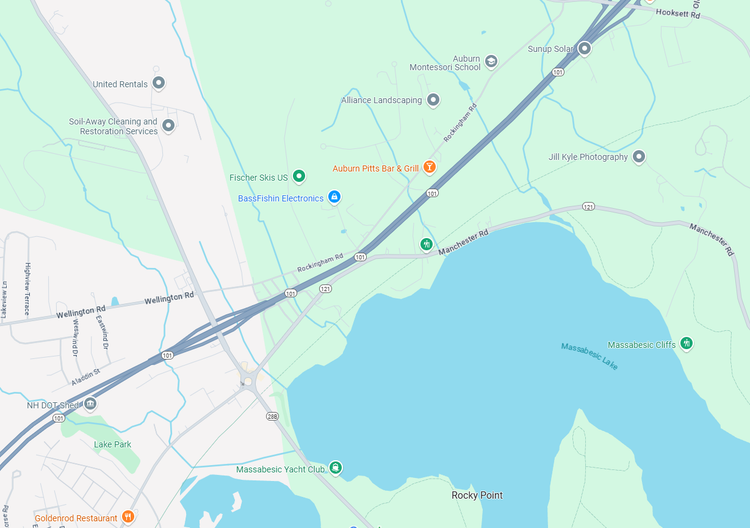For many anglers, the thought of wiring up boat batteries can be one of the most intimidating aspects of rigging their setup. Whether you're running a powerful trolling motor or simply looking to extend your electronics' runtime, understanding the difference between series and parallel wiring is crucial. At BassFishinElectronics.com, we're here to break it down for you.
In our latest video, we tackle this common question head-on, explaining the fundamentals of both series and parallel battery configurations. The principles discussed apply universally, whether you're using lithium, AGM, or traditional lead-acid batteries.
Series Wiring: Boosting Your Voltage
When you wire batteries in series, you effectively increase your total voltage while keeping the amperage (capacity) the same. This is commonly seen with high-voltage trolling motors. For example, if you have three 12-volt batteries wired in series, you'll get a total of 36 volts (12V + 12V + 12V = 36V).
Here's a quick recap of series wiring from the video:
-
Positive Terminal of Battery 1 to your trolling motor's positive lead (often through a breaker).
-
Negative Terminal of Battery 1 to the Positive Terminal of Battery 2 (jumper cable).
-
Negative Terminal of Battery 2 to the Positive Terminal of Battery 3 (jumper cable).
-
Negative Terminal of Battery 3 to your trolling motor's negative lead.
This setup ensures that the voltage sums up across the batteries. The video also shows how simple it can be to reconfigure from 36V to 24V if needed (e.g., if one battery dies) by simply removing a jumper and re-routing the negative lead.
Parallel Wiring: Increasing Your Capacity
On the other hand, parallel wiring is used when you want to increase your overall capacity (amp-hours) while maintaining the same voltage. This is often done for cranking batteries or to extend the runtime of multiple electronics like graphs and live sonar.
With parallel wiring, you connect:
-
Positive Terminal to Positive Terminal
-
Negative Terminal to Negative Terminal
So, if you have two 12-volt, 125 amp-hour batteries wired in parallel, you'll still have 12 volts, but your total capacity will be 250 amp-hours (125Ah + 125Ah = 250Ah).
Key Takeaways:
-
Series Wiring: Increases voltage, capacity remains the same.
-
Parallel Wiring: Voltage remains the same, capacity increases.
Understanding these two basic wiring configurations will empower you to confidently set up and troubleshoot your boat's electrical system, ensuring you get the most out of your batteries and electronics on the water.
Need to see it? Check it out here:
Have more questions or need clarification? Drop a comment below, and we'll be happy to help you find more and catch more!


